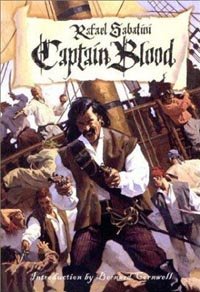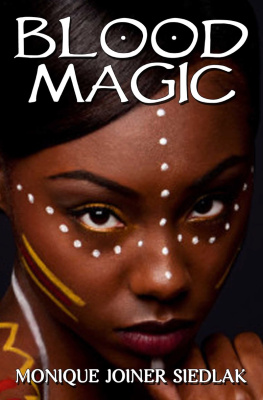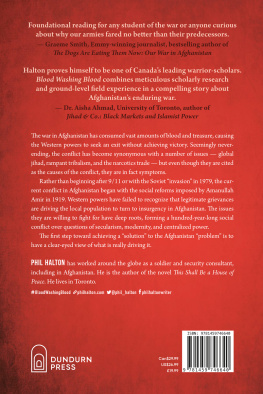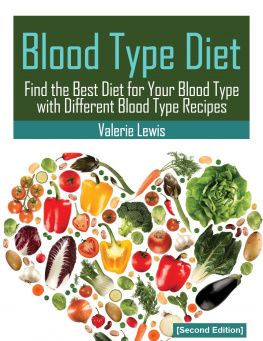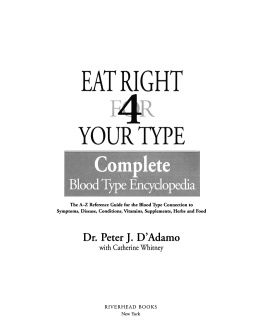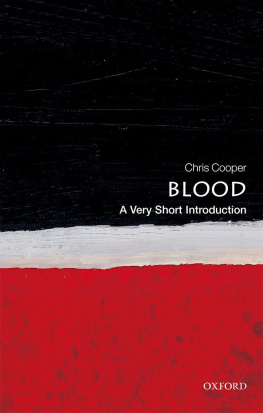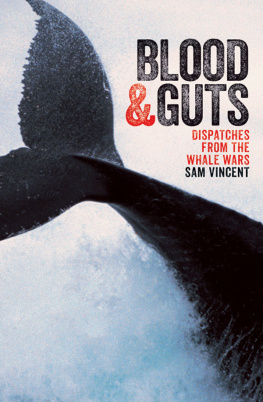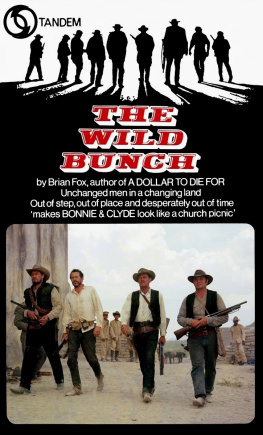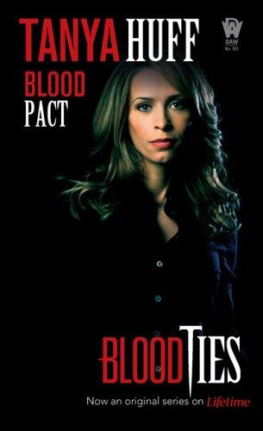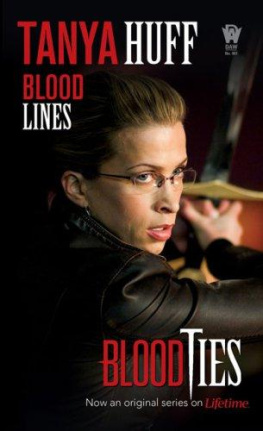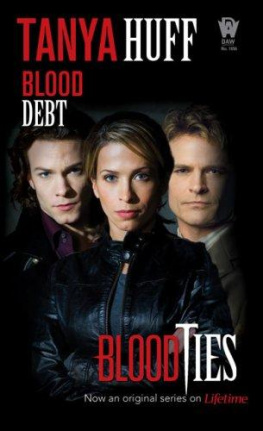IMAGES OF BLOOD IN AMERICAN CINEMA
Images of Blood in American Cinema
The Tingler to The Wild Bunch
KJETIL RDJE
University of Copenhagen, Denmark

First published 2015 by Ashgate Publishing
Published 2016 by Routledge
2 Park Square, Milton Park, Abingdon, Oxon OX14 4RN
711 Third Avenue, New York, NY 10017, USA
Routledge is an imprint of the Taylor & Francis Group, an informa business
Copyright Kjetil Rdje 2015
Kjetil Rdje has asserted his right under the Copyright, Designs and Patents Act, 1988, to be identified as the author of this work.
All rights reserved. No part of this book may be reprinted or reproduced or utilised in any form or by any electronic, mechanical, or other means, now known or hereafter invented, including photocopying and recording, or in any information storage or retrieval system, without permission in writing from the publishers.
Notice:
Product or corporate names may be trademarks or registered trademarks, and are used only for identification and explanation without intent to infringe.
British Library Cataloguing in Publication Data
A catalogue record for this book is available from the British Library.
The Library of Congress has cataloged the printed edition as follows:
Rdje, Kjetil.
Images of blood in American cinema : The tingler to The wild bunch / by Kjetil Rdje.
pages cm
Includes bibliographical references and index.
ISBN 978-1-4724-3672-6 (hardback) ISBN 978-1-3155-8785-1 (ebook) ISBN 978-1-3171-1877-0 (epub) 1. Blood in motion pictures. I. Title.
PN1995.9.B6R63 2015
791.43'6561dc23
2014048306
ISBN 9781472436726 (hbk)
ISBN 9781315587851 (ebk-PDF)
ISBN 9781317118770 (ebk-ePUB)
Contents
Acknowledgments
Not a drop of blood was spilt in the making of this book; this is not least thanks to the support I have encountered along the path towards its final completion. My biggest thanks go to Kirsten McAllister, Jan Marontate and Adam Frank who, besides being wonderful people, have offered comments and guidance while setting standards that have motivated my work in the best possible sense. Much welcome advice and feedback at various stages has been offered by Steven Shaviro, Sean McAlister, Patricia MacCormack, and Arild Fetveit. Laura Marks deserves extra credit for her enthusiasm about the manuscript and for her invaluable comments. I am most grateful to you all.
Heartfelt thanks to all my colleagues, students and friends at Simon Fraser University and the University of Copenhagen. I would also like to express my gratitude to the very professional and accommodating administrative staff members at both universities. At the Margaret Herrick Library in Los Angeles I was met with the utmost assistance from a very friendly staff. Especially, Id like to thank Research Archivist Barbara Hall for welcoming me to study the librarys collections and for providing me with guidance in my searches.
Ashgate Senior Commissioning Editor Claire Jarvis has provided invaluable belief in this book project. I could not have wished for better support throughout the publishing process.
Without the patience, love, spirit, and understanding of Nina Boulus-Rdje this book would have been far more difficult to complete. Julian Boulus-Rdje has been less patient but nonetheless a great source of inspiration.
Prologue
The Feast is On
John Wayne is the sheriff; Dean Martin is Dude, his deputy. They chase a bad guy who has just shot and killed a mana friend of the sheriff. Its after dark, so they dont have a clear view of the killer as he flees. Dude fires a shot after him but is unsure whether he has hit his target. The killer escapes into a nearby saloon that is frequented by his gang. Inside, Dude lines up the gang members patronizing the saloon but the killer is nowhere to be seen. Dude stands by the bar, being mocked by the bandits, when suddenly he notices something red dripping into a glass of beer on the counter. Its blood; someone hiding above the bar is bleeding. Dude quickly turns and fires his gun at a figure above the bar. The killer falls dead to the floor below. His blood gave him away.
The movie is Rio Bravo (1959). In total, somewhere between 15 and 20 characters are killed during the film; with the exception of the incident described above, they all drop dead with a single gunshot. These killings are clean; no blood is seen; no pain is expressed. The blood dripping into the beer in the saloon is not repulsive. Neither the characters in the film nor audience members watching the film are made to respond viscerally to the red fluid. The blood serves a specific function within the films plot-line: it provides clues that connect cause and effect. It serves as a sign that ties previous incidentsan escaped killer hiding above the barto the next set of actions. Dude instantly realizes that the blood is coming from the wounded bandit hiding above him and then shoots him dead.
Another movie: a woman enters a nondescript room, turns on the radio and starts undressing. The radio broadcasts an alert about a killer on the loose. The woman steps into the bathtub and relaxes in the water. A threatening shadow looms above her. She panics, and then is stabbed repeatedly. We see the glaring eyes of the mad killer as he chops away at her body, tearing it apart and ripping out shreds of flesh. He stabs one of her eyes out, and proceeds to sever her leg, before leaving her dead in the bathtubnaked and dismembered. Next follows a cut to a shot of the figure of a sphinx against a bright blue backdrop. Letters in red emerge over the sphinx, spelling out the films title, Blood Feast. The red letters start dripping, as if the title is oozing blood. We are witnessing the opening sequence of the 1963s Blood Feasta movie that presented blood and gore on screen in an unprecedented manner. Blood Feast is structured around a series of graphic scenes displaying women being chopped into pieces, ripped apart and flogged. Blood flows freely in all the scenes of slaughter.
The two scenes described above can be seen as indicative of a shift happening during the 1960s with regard to the portrayal of blood in American cinema. The examples from Rio Bravo and Blood Feast illustrate how one visual element, a red fluid, can serve fundamentally different functions within a motion picture. In Rio Bravo the blood answers questions like, Was the killer hit? and Where is he? The blood provides clues and drives the plot forward. Not so in Blood Feast. Here the blood does not provide any answers regarding what will happen next. In this film, the blood is mainly operating on a visceral level, addressing the viewer directly and evoking embodied responses.
Rio Bravo invites the viewer into a diegetic universe, where we interpret signs and connect the different elements in an unfolding plot of cause and effect. What we take from these signs is reinvested into the images. The blood may invoke a response from us, which encourages us to further engage in the films characters and plot. In Blood Feast, on the other hand, no such engagement is encouraged. In this film blood and gore are put on display, but not necessarily integrated into the narrative of the film. As we take in the gory sights we are not invited to empathize or become more involved in the films characters. Likewise, the excessive gore is not something that connects elements of the films plot. It is displayed as if for our eyes only, as a spectacle.
Next page

